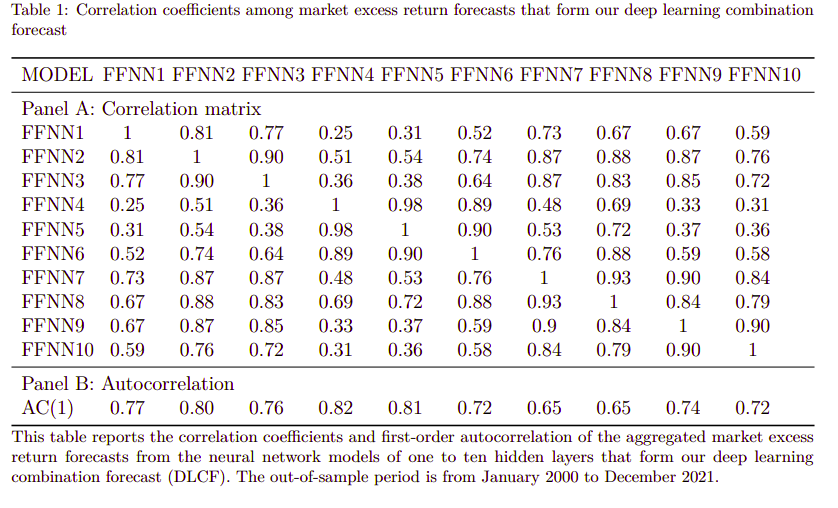This article explores how researchers forecast market returns by aggregating expected returns from individual stocks. Using machine learning, they improve accuracy over traditional methods. The approach helps identify when to increase or reduce market exposure. This can lead to better-informed investment decisions and improved performance. To explore how aggregate signals can aid in market timing, this blog about market timing offers valuable perspectives.
The Aggregated Equity Risk Premium
- Vitor Azevedo, Christoph Riedersberger, Mihail Velikov
- working paper, 2025
- A version of this paper can be found here
- Want to read our summaries of academic finance papers? Check out our Academic Research Insight category
Key Academic Insights
You Can Forecast Market Returns from the Bottom Up:
By using machine learning models to predict returns at the stock level and then aggregating those predictions, researchers can estimate the equity risk premium for the entire market. For a deeper dive into how machine learning models can enhance ERP forecasts, consider this blog.
Firm-Level Data Improves Accuracy:
Compared to traditional methods that use macroeconomic or valuation ratios, this bottom-up approach produces forecasts that are more accurate out-of-sample.
Market Timing Can Be More Effective:
A simple investment strategy that increases market exposure when the aggregated equity risk premium is high significantly outperforms a buy-and-hold strategy—even after considering transaction costs.
Practical Applications for Investment Advisors
Use More Granular Data:
Instead of relying solely on broad market indicators, consider integrating firm-level insights into your portfolio decisions. Aggregated predictions can offer early signals on market shifts.
Explore Machine Learning Tools:
Advisors don’t need to become data scientists, but understanding how machine learning models can improve forecasting helps in evaluating more advanced investment strategies.
Implement Adaptive Allocation Strategies:
The research supports adjusting portfolio risk based on forward-looking indicators—this could mean tilting equity exposure in response to predicted market premiums.
How to Explain This to Clients
“Instead of just looking at the big picture to predict how the market will do, we can now learn a lot by looking at thousands of individual companies. When we combine those insights, we can get a better idea of what the market might do next. This helps us make smarter choices about when to take on more or less risk with your investments.”
The Most Important Chart

Abstract
We propose a new approach for predicting the equity risk premium (ERP) that first estimates expected returns on individual stock before aggregating them to the market level. Our deep learning combination forecast aggregates firm-level return predictions from neural networks of varying complexity, trained on a comprehensive two-dimensional feature set of post-publication firm-level characteristics and aggregate macroeconomic variables. Using this aggregation method, we achieve an out-of-sample R² of 2.74% in a sample from 2000 to 2021. The forecasts demonstrate strong economic significance in trading strategies even with transaction costs. While the market generated a return of 376% over this period, a simple market-timing strategy based on our model’s forecast signs yields a net cumulative return of approximately 768%. Our results show that aggregating firm-level predictions can lead to profitable market timing signals, challenging the conventional wisdom that the ERP is unpredictable out-of-sample and suggesting that valuable market-wide information can be extracted from the cross-section of individual stocks.
About the Author: Elisabetta Basilico, PhD, CFA
—
Important Disclosures
For informational and educational purposes only and should not be construed as specific investment, accounting, legal, or tax advice. Certain information is deemed to be reliable, but its accuracy and completeness cannot be guaranteed. Third party information may become outdated or otherwise superseded without notice. Neither the Securities and Exchange Commission (SEC) nor any other federal or state agency has approved, determined the accuracy, or confirmed the adequacy of this article.
The views and opinions expressed herein are those of the author and do not necessarily reflect the views of Alpha Architect, its affiliates or its employees. Our full disclosures are available here. Definitions of common statistics used in our analysis are available here (towards the bottom).
Join thousands of other readers and subscribe to our blog.

